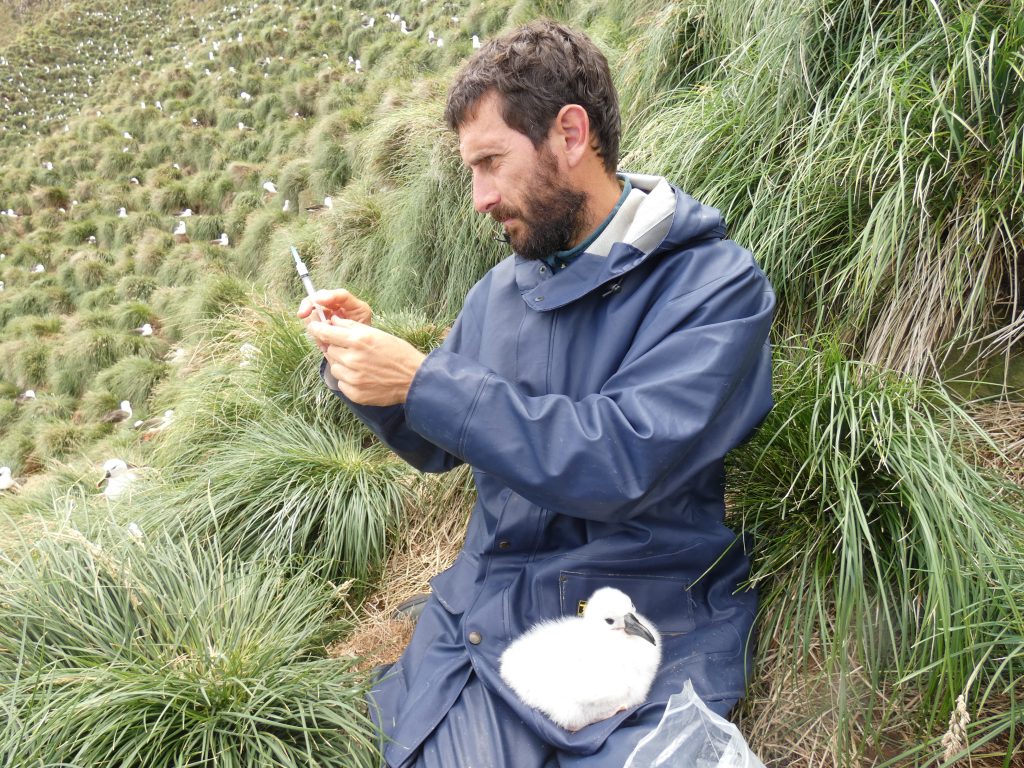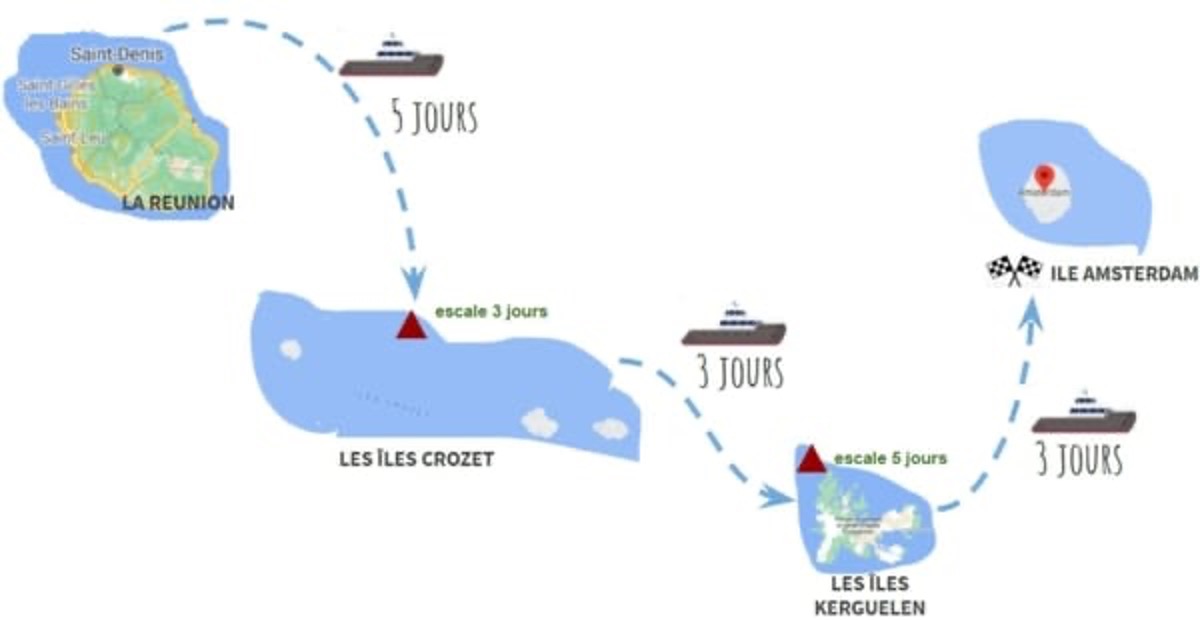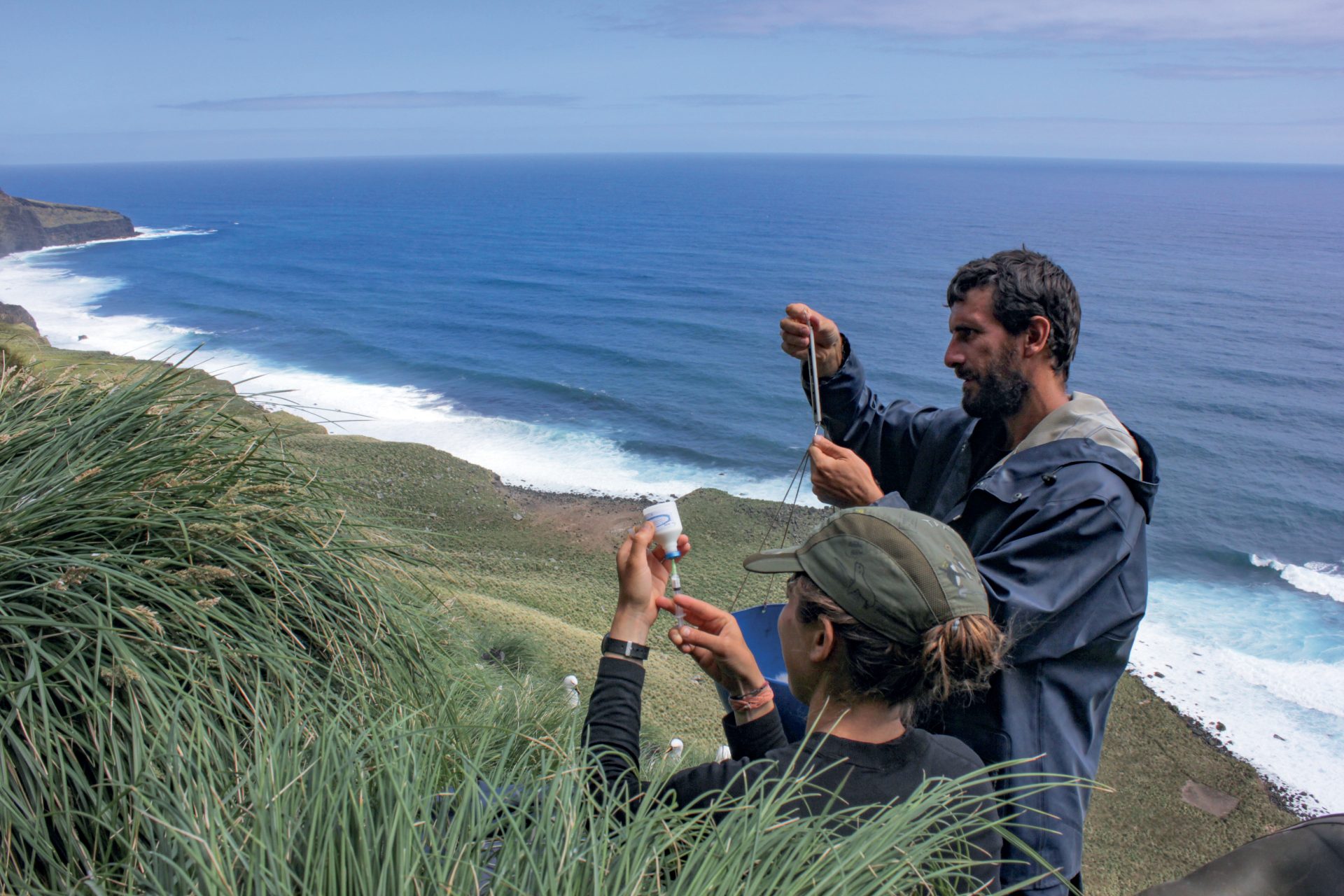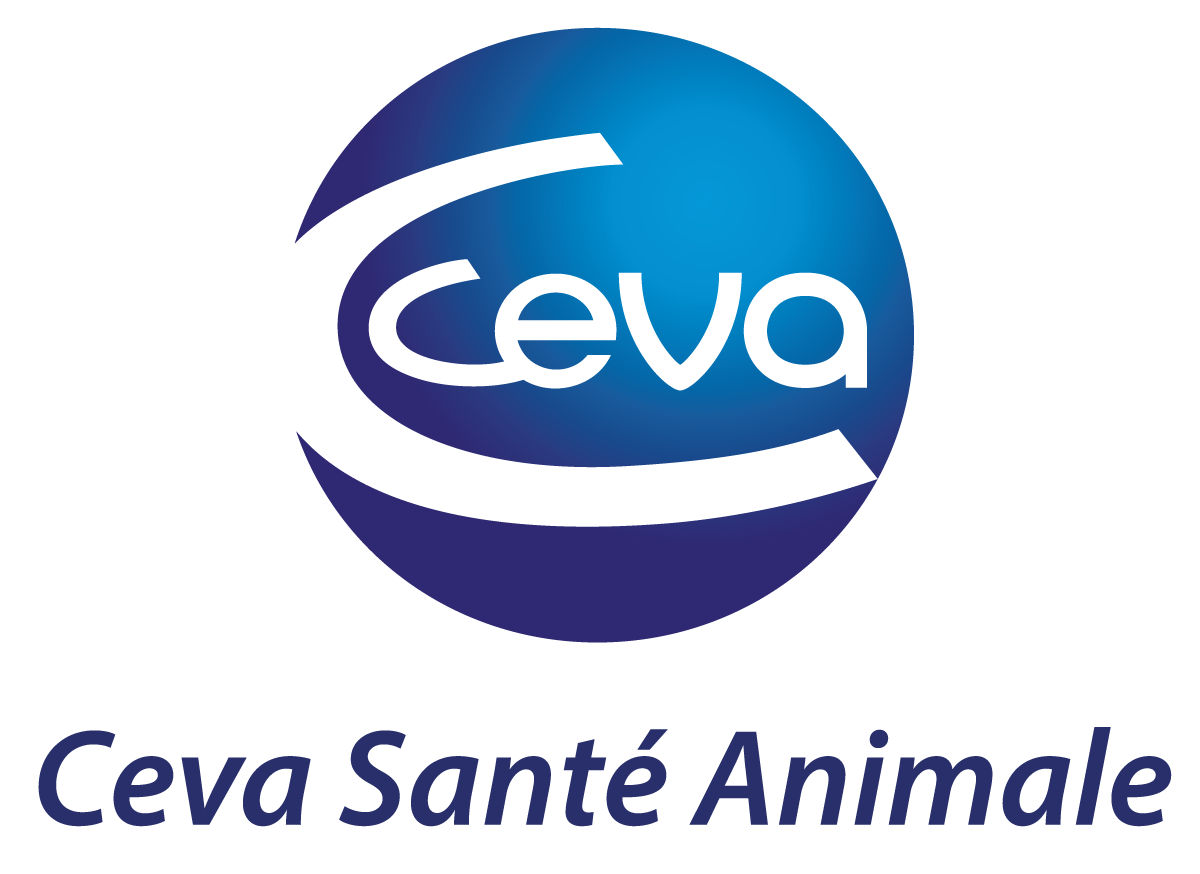Jérémy Tornos brilliantly defends his thesis on the use of autogenous vaccines for albatross conservation

Jeremy joined Ceva Biovac in April 2018, as part of his thesis. He receives his doctorate in science (PhD).
Jérémy worked for 3 years on a particularly interesting subject: the albatrosses on Amsterdam Island in the Indian Ocean. His PhD was part of the CIFRE scheme, which provided the framework for a partnership research agreement between the CEFE/CNRS and the Ceva Biovac campus, and was titled “Integrated approaches to seabird conservation in ecology: use of autogenous vaccines for the conservation of albatrosses on Amsterdam Island”. His work produced excellent results and focused on the Pasteurella multocida bacteria that has been responsible for recurrent episodes of avian cholera on the island for several years.
His main results included:
- Characterisation of circulating strains of Pasteurella multocida: two genetically different strains.
- A new oil-based formulation for an autogenous vaccine: induces antibody persistence in adults for at least three years.
- Chick protection, for which the age at vaccination is a key factor in survival.
Jérémy will continue his work at the CEFE/CNRS with the support of Ceva.
Can you tell us about the organization during these 3 years of thesis?
The project is split between field activity periods, (2 months/year, matching with chicks hatching period, and with the presence of adults enabling follow up and vaccination period set up), and periods of analysis of the obtained results.
How do you prepare the field activity?
Each mission is managed and coordinated by the French Polar Institute. Our CEFE team organizes and planifies the science part. The first step consists in obtaining project funds, and specific authorizations for collection and handling of protected species on which we are working. Of course, the rigorous preparation of the equipment is also an essential step upstream of such a mission.
Did the Covid have an impact on the mission?
The Covid context has imposed new rules. It is essential to not contaminate these islands, still virgins of the Covid 19. Moreover, onsite medical care are very limited, therefore advanced medical tests are realized for each person, in order to validate their departure, since local material would not allow to handle a local epidemic. During the last departure in October 2020, I had to respect a strict 14 days confinement in my hotel room, on the island of la Réunion, with a PCR test every 5 days, in order to be allowed to embark on the ship.
Reaching Amsterdam island: a journey?
15 to 20 days are necessary to rally Amsterdam island from the island of la Réunion by boat. First, it takes 5 days to reach the Crozet archipelago, for a 3 days stopover, during which staff, supply and material necessary to the base for several months are landed. We also realize samplings for different scientific programmes and health monitoring.
Then 3 days are necessary to reach the Kerguelen, for a 5 days stopover during which we do other scientific programmes. And finally, it takes another 3 additional days to reach Amsterdam island. I will stay there for more or less 1 month and a half, together with the person who will handle the scientific missions follow up during 13 months: we call it a “wintering”. The trip back to La Réunion, takes 5 jours.

How is going life organization onsite?
Amsterdam island hosts a scientific base with 20 people present for 1 year, plus several person, like me, staying for 2 months during the summer season.
There is aslo a shelter on the other side of the island, located 8 walking hours from the base, and near the birds colonies. The shelter is quite hard to reach, so we stay there from a couple of days to a couple of weeks.

What does the job at the shelter consist in?
Every day we reach our study colony, located 20 minutes far from the shelter, in the middle of a cliff.
The groundwork consists in doing a follow up on the Yellownose albatros chicks (around 250), controle their survival, and realise captures, when needed. Captures enable blood sampling to ensure serological follow-up (presence of antibodies) on vaccinated chicks lots, and also on non-vaccinated test chicks. It also consists in swab work in order to test via PCR the pathogen incidence in the population, to know the infectious state of the birds.
A part of the work is dedicated to corpse searching, in order to realize autopsy, to identify death causes, and potential different strains from the circulating pathogen. It also enables to monitor the emerging of new pathogens, in order to update the vaccin, if necessary, and understand the mecanisms at stake in these recurrent epidemics.
Many other works are part of the project, like rats follow up, which play a key role in pathogen circulation. Other works concern birds species telemetrical follow up (displacement follow up, with GPS), so as to describe and anticipate the circulation of pathogens with the animal population on the island.
Preparing and conditioning of daily collected samplings 5 is also an essential part of the job. (cultivation of bacterial samples, blood centrifugation, etc.) What is essential for us, is to ensure not to be vector of pathogen between the animals. For this reason, the material and the clothes we use, are sanitized after each bird manipulation.
What are your next projects at the end of the thesis ?
My objective is to keep on working as a Reserach engineer in the CNRS team, with which I’m working today, in order to be able to follow-up all these projects.
Consciousness is probably that intimate place where every human being can, in complete freedom, take the measure of his responsibility towards life.
– Pierre Rabhi –
